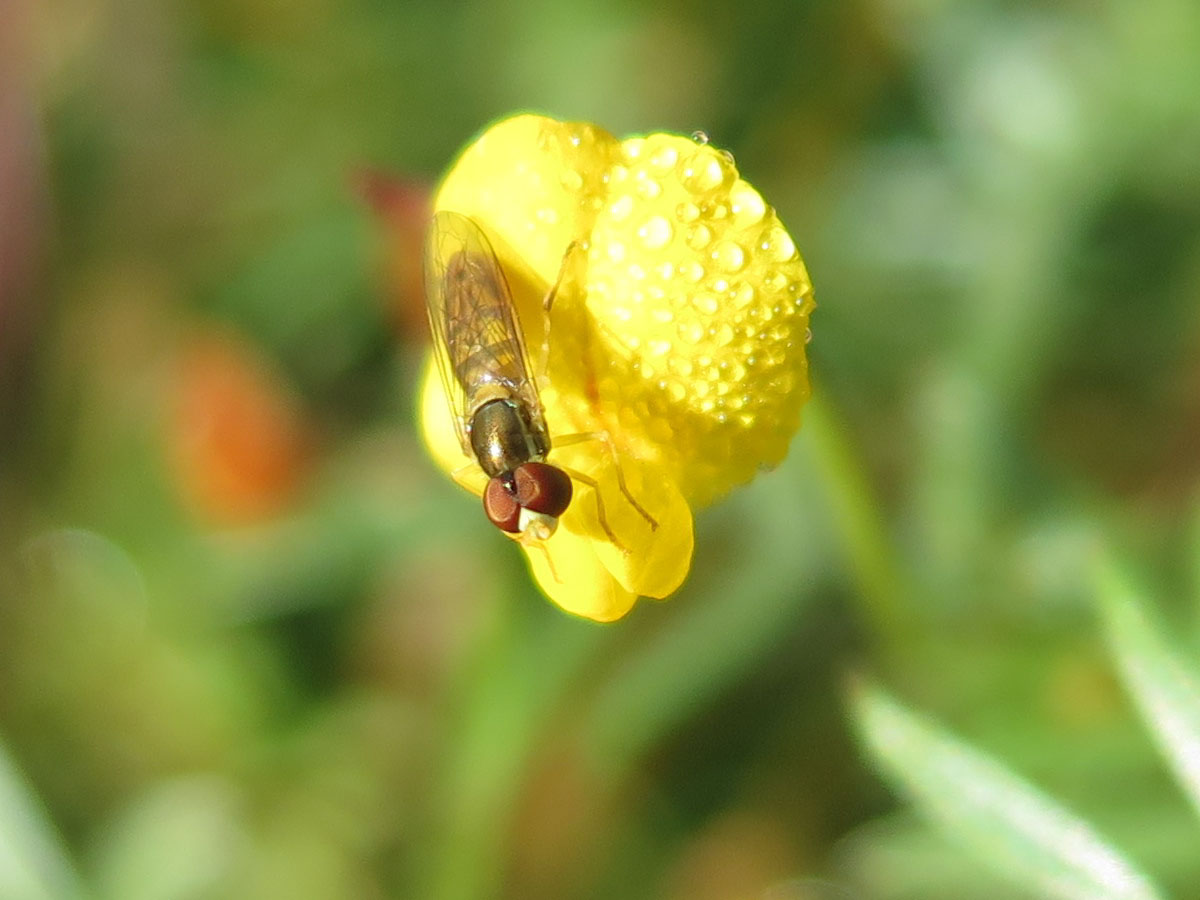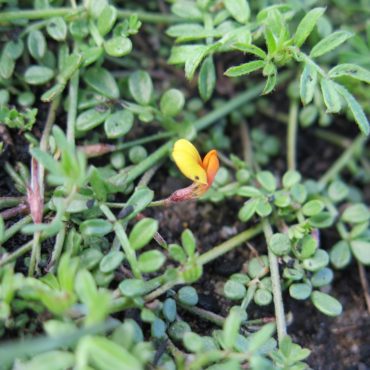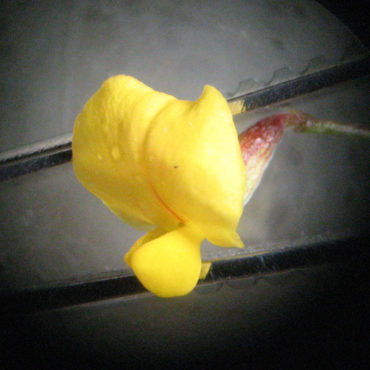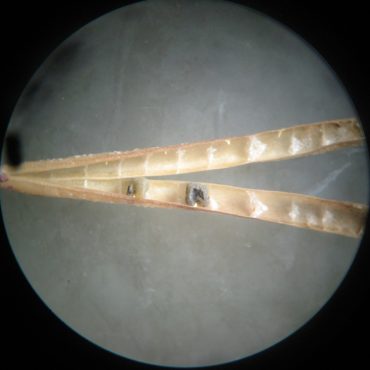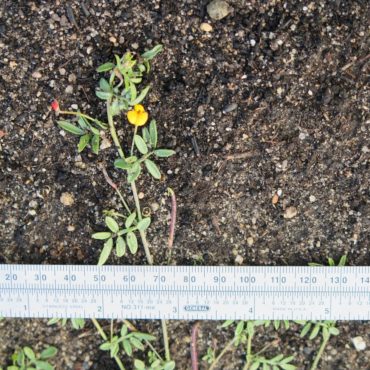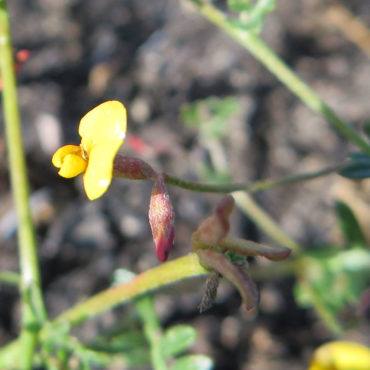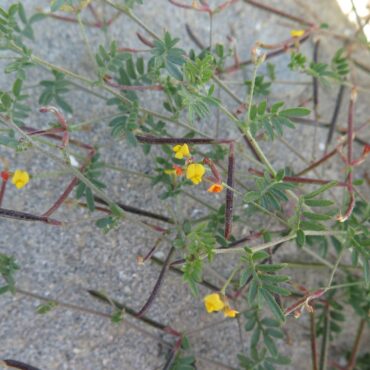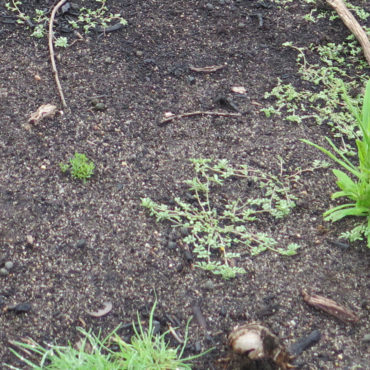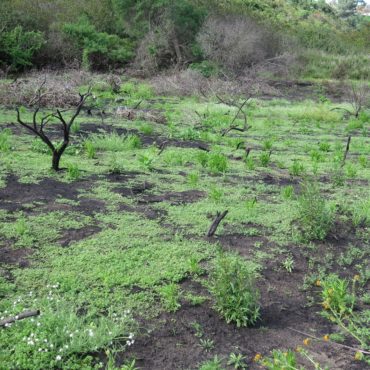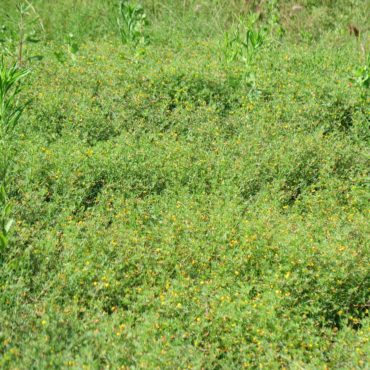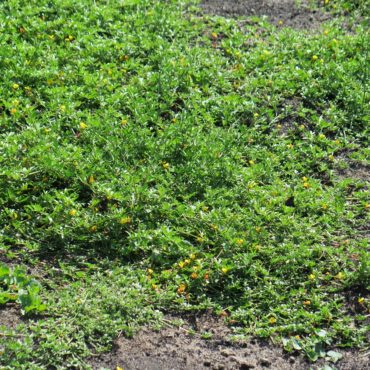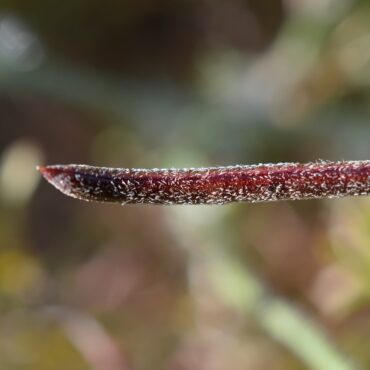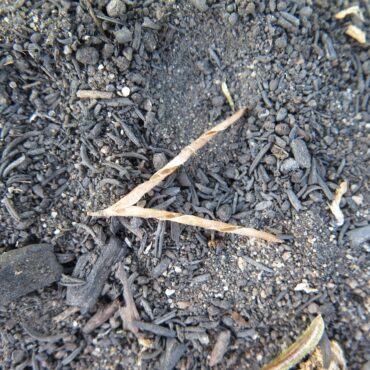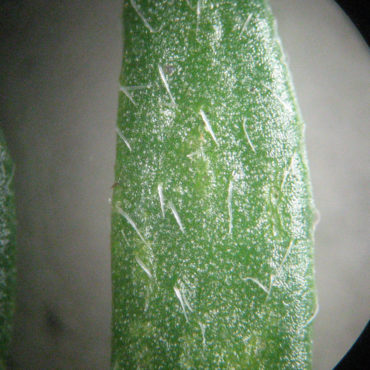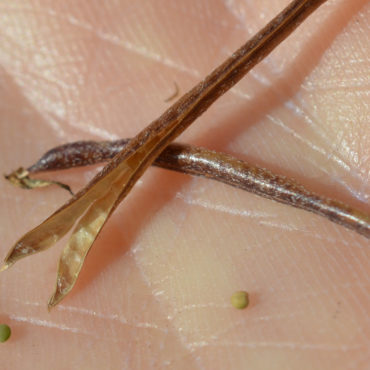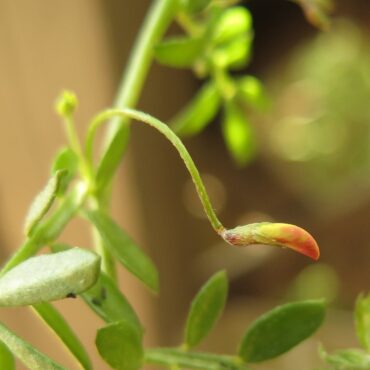Ecology
36,41
The soil seed bank is the accumulation of viable seeds in the soil. This represents an important resource for vegetation recovery after a disturbance, especially fire. Like many key ecological concepts, the seed bank was first described by Charles Darwin in 1859.41 Since then, seed banks have received considerable attention, but full understanding still eludes us. Seeds of some species may survive in the soil for tens, even hundreds of years. In general, studies in the chaparral and sage scrub indicate that the growth immediately after fire, often has little resemblance to the original vegetation, often dominated by annual plants which may be totally absent in adjacent vegetation and which persist for a year or a few years until being replaced with larger perennials shrubs characteristic of the area.
However, none of the studies – with all their numbers and plots – truly captures the feeling of witnessing the recovery in person. The Holmwood Canyon fire was about ½ acre that burned on October, 3 2019. Within two weeks, first green sprouts were visible. Shortly thereafter, the rabbits found the tender new sprouts and reduced them all noticeably. The seasonal rains began at the end of November, with higher than usual amounts in March and the start of April.
Bishop’s lotus was first noticed on March 20, as scattered plants, roughly 10-12 inches in diameter. By the fourth of May, patches had coalesced into a solid carpet of intertwined plants that was estimated to cover 50% or more of the burned area. By the beginning of June, Bishop’s lotus had largely disappeared from the site.
Before the burn, Bishop’s lotus was rare or absent entirely from this area. It had not been reported from the Reserve since three specimens were collected in 1990 and 1991.7 The quick response to the fire must have been fueled by viable seeds in the seed bank – not just one or two, but hundreds, even thousands. How long had they been there? Did they accumulate slowly over many years, or are they the memory of some large disturbance years in the past? And the biggest question of all – when and where will the Bishop’s lotus return?

